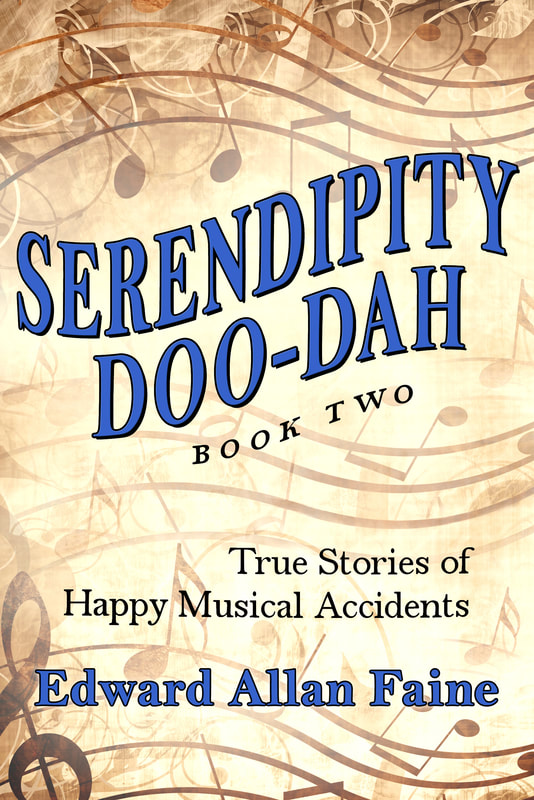| U.S. President Richard Nixon plays "Home on the Range" as blues great Pearl Bailey is overcome with laughter while singing for governors and guests at the White House on March 7, 1974. Bailey had persuaded Nixon to play, telling him he could choose any number he wanted. But when he played "Home on the Range," Bailey complained, "Mr. President, I want to sing a song, not ride a horse." The two then had trouble finding the same key. "I don't know whether I'm finding him, or he's finding me," Bailey said. Nixon said, "I just want to say to our distinguished guests that this piano will never be the same again and neither will I." http://photographyblog.dallasnews.com/2013/03/today-in-photo-history-7-2.html/ |
The answers, many tracked down at the National Archives, are the subject of his latest book, The Best Gig in Town: Jazz Artists at the White House 1969-1974 (2015 IM Press). Faine shared some of the behind-the-scenes stories he unearthed with members of the National Archives Volunteer Association (NAVA) at their November program held in the National Archives at College Park, MD (Archives II).
When Nixon’s staff pondered who to book as an entertainer for the November 1969 White House Governors’ Dinner, they looked beyond the classical pianists the Commander in Chief preferred. Grumblings about the limited scope of music played at the White House had been heard from the press and the staff decided to counter that with an appearance by trumpeter Al Hirt.
“It was the first time an authentic Dixieland band played at the White House,” Faine said. “By the time Hirt finished with ‘As the Saints Go Marching In’ the entire place was on its feet.”
Some musicians were booked for obvious reasons. For a dinner honoring astronauts who had circled the moon, who but pianist and composer Henry Mancini, with his hit “Moon River,” could be called upon? With others the selection was more obscure. The White House staffer appointed to select entertainment at a state dinner for the Shah of Iran had already vetted one member of the Modern Jazz Quartet (MJQ) for another assignment.
“One of the great things about research is you never know what you’ll find,” Faine said. “I assumed the MJQ would do their standards. But no, they did tracks from their latest albums.” The result was that dinner guests grooved to Moroccan-influenced cuts from “Under the Jasmin Tree” and “The Blue Necklace.”
Not surprisingly, politics played a significant role in several bookings. By 1973, Frank Sinatra “had already begun his long march to becoming a national Republican,” Faine said. Sinatra, stung by John F. Kennedy’s rebuffs a decade before, was open to a gig at the Nixon White House. A rare clip of the event, now housed at the Nixon Library, captures Sinatra singing “You Make Me Feel So Young.”
“The crowd went nuts when he got to ‘Old Man River,’” Faine said.
Faine spent eight years researching both The Best Gig in Town and his initial jazz book, Duke Ellington at the White House 1969.
“I have a large collection of jazz books but I noticed there was nothing about any of the White House performances,” he said. “When I was starting the research, all the Nixon material was at Archives II, but was due to be moved to the Nixon Library in California, so I decided I better get here before that happened. It was a great experience. The staff here was so helpful and friendly.”
Faine’s books are available on Amazon.




 RSS Feed
RSS Feed